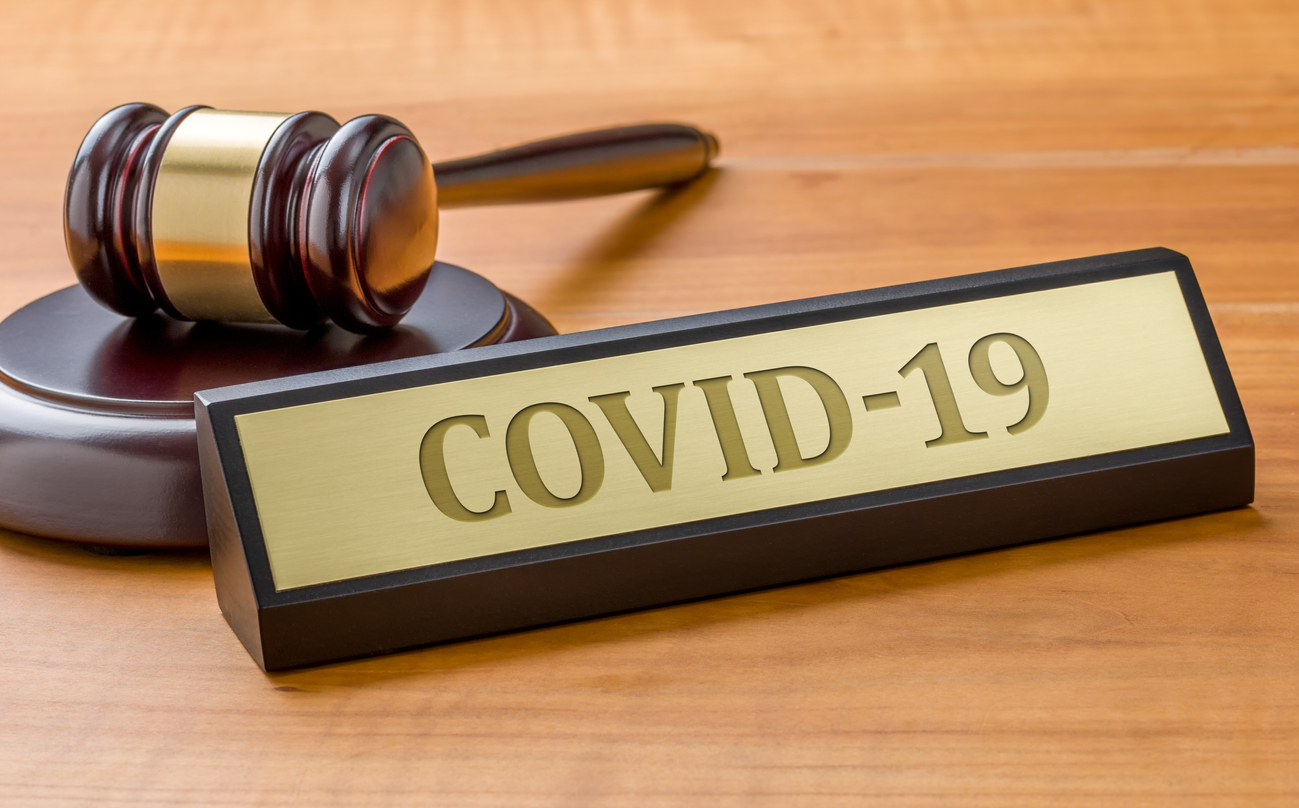When an insurance company receives notice of a claim, there are a number of individuals who will ultimately work on or handle the claim in one way or another. Insurance companies, like many other types of corporate entities, typically have a hierarchy of employees. Claims departments, in particular, are made up of a number of different individuals with varying titles and responsibilities. The varying levels of personnel involved with a claim might shed some light on the manner in which the claim was handled and whether it was handled properly. In a bad faith case, a policyholder’s attorney should be aware, not only of the people who handled the claim at issue, but also of the lines of authority and reporting procedures for those claims personnel.
How could this possibly help a policyholder’s attorney in a bad faith case? Here’s an example. Many, if not most, insurance companies are structured to include a special department to which claims are referred when there are concerns of insurance fraud. These departments are sometimes referred to as a “Special Investigations Unit” (“SIU”). It would seem important to find out whether the insurance company was justified referring the claim to SIU and demanding stricter scrutiny for that particular claim. Similarly, it would seem critical to find out whether the adjuster referred a claim to SIU merely because the adjuster was told that he/she was required to submit a certain percentage of claims to SIU regardless of whether there were legitimate concerns of fraud, as mentioned in Getting the Inside Scoop on Insurance Company Claims Practices. In Discovery in Insurance Bad Faith Cases, Part I, Charles Miller states:
Organization charts can be valuable in a number of ways. For example, a common form of claims department organization today is the pod or unit organization. In this form of organization, the claim department is divided up into several pods or units, with adjusters (frequently four to five) assigned to each pod. Each pod or unit will have its own supervisor. The pods or units may also be divided into the types of claims they handle, with some only handling property claims and others casualty or auto claims.
For example, there might be a first party property damage claim that was handled by a unit or pod that only works with property damage claims. Knowing that the unit or pod is limited to handling only property damage claims enables a policyholder’s attorney to draft discovery regarding that entire unit’s or pod’s policies, procedures and training materials geared toward the handling of property damage claims. If, on the other hand, a first party property damage claim was handled by a unit or pod that handles property, fire and auto negligence claims, discovery might have to be drafted differently so as to distinguish information, training and other documents regarding only the handling of property damage claims from the rest of the information. Additionally, the level or experience of the specific employee that adjusted a particular claim can be critical.
In each unit or pod, there might be a wide divergence of experience between its members. Therefore, if a particularly difficult or complex claim was assigned to a relatively inexperienced member, the organization chart will identify the other members of the pod and unit, and counsel can determine who in that unit had greater experience, and would have been more suitable for handling the particular claim. This type of information can be particularly important where the assigned inexperienced claims handler has made serious errors in the handling of the claim.
Discovery in Insurance Bad Faith Cases, Part I, Charles Miller.
The foregoing demonstrates another aspect of bad faith litigation that should be considered by every policyholder’s attorney. It might be more helpful in certain types of cases, but it should certainly be one of the factors that a policyholder’s attorney evaluates when sizing up a bad faith case against a carrier.
Please tune in next week for another bad faith evaluation.


